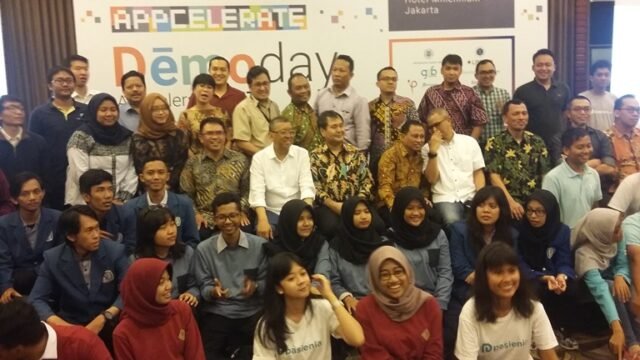Indonesia is a rich country. Indonesia’s biodiversity makes our country rich in herbal ingredients that are beneficial for health. Even in a study, Indonesia is called the country with the second largest biodiversity in the world after Brazil.
Indonesia has around 30,000 plants and 940 of them are plants that have medicinal properties. This fact shows that Indonesia can be a source of raw materials for herbal medicines. Even many people from abroad are looking for raw materials from Indonesia. By conducting research, natural raw materials from Indonesia should be able to become phytopharmaceutical drugs or herbal medicines that are equivalent to modern medicines.
Unlike jamu and Standardized Herbal Medicine, Phytopharmaca is a herbal medicine whose safety and efficacy have been scientifically proven through preclinical and clinical trials of raw materials and finished products that have been standardized as native to Indonesia. However, jamu or OHT can be developed into phytopharmaca. Currently, Indonesia has approximately 1600 ancestral herbal medicines, but of the many ancestral herbal medicine recipes, only around 30 have been designated as Standardized Herbal Medicines (OHT) and only around 10 are in the form of Phytopharmaca.
It is indeed not easy, because to become a phytopharmaceutical product, all herbal products must go through several testing processes, namely toxicity tests that function to determine whether or not there are toxic effects in the efficacious substances. Then the Experimental pharmacological test is carried out on experimental animals to determine the efficacy of phytopharmaceuticals. And finally clinical trials are carried out on humans to determine or ensure the presence of pharmacological effects, tolerability, safety and clinical benefits for the treatment or prevention of disease symptoms.
According to the Director of Dexa Laboratories Bimolecular Sciences PT Dexa Medica Raymond Tjandrawinata, the process from herbal medicine to phytopharmaceuticals is indeed difficult because of the high risk of failure.
“This phytopharmaceutical is a rather complicated process because it goes through human trials. The risk of failure is high because the results can reduce efficacy compared to placebo. So if our scientists succeed, the results are as effective as chemical drugs,” he said.
Going nowhere
The slow development of the phytopharmaceutical industry is regrettable. It must be admitted that it takes a long time and a very large cost to produce one phytopharmaceutical. According to the Deputy of Life Sciences (IPH) LIPI Enny Sudarmonowati, the Biosafety Level (BSL) 3 facility which is very much needed to facilitate the implementation of clinical trial stages, one of which is to be able to meet the requirements to obtain BPOM registration, is still not available in Indonesia. The estimated funds needed for this BSL 3 facility reach IDR 35 billion to IDR 50 billion, depending on how sophisticated the facility is to be built.
In addition to technological issues, it is suspected that herbal medicine industry players are also reluctant to enter the phytopharmaceutical product sector because it requires a lot of money and time. So it is not surprising that these entrepreneurs prefer to produce products that already have a registration number from BPOM. In fact, to obtain BPOM registration, the pilot production project must follow the Good Traditional Medicine Manufacturing Method (CPOTB) and Good Medicine Manufacturing Method (CPOB). Meanwhile, very few government institutions have facilities that meet these two things.
The absence of this technology certainly has an impact on the increasing difficulty of research and testing of Indonesian phytopharmaceutical products, which of course also has an impact on the public’s right to obtain affordable medicine and health services.
Therefore, the participation of stakeholders is needed to seriously develop all herbal potentials in Indonesia into phytopharmaceutical products. Thus, the health costs that must be borne by both the government and the community can be reduced significantly. Because by including standardized herbal medicines and phytopharmaceuticals in the JKN national drug formulary, it can overcome drug problems related to domestic health factors; such as the still high import of raw materials for medicines which reaches 90 percent, the lack of availability of medicines covered by BPJS. What are the next steps? Let’s just wait and see what the stakeholders’ attitudes are, what is certain is that opportunities are right before our eyes.










